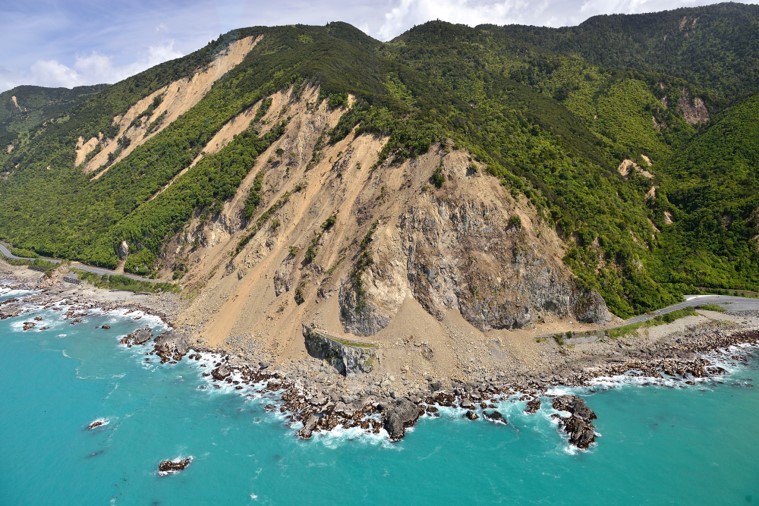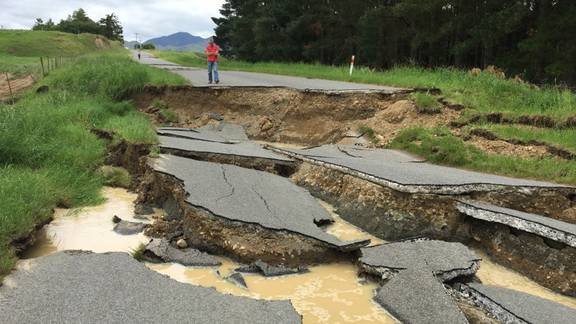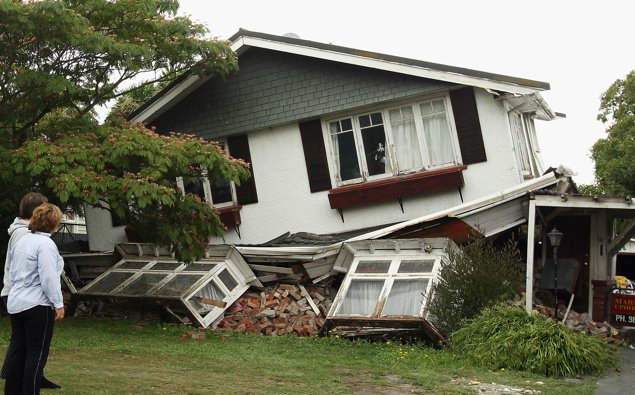Disaster Preparedness Aotearoa, a Step-by-Step guide to being prepared for the next crisis
PHASE 1: PLANNING and RISK ASSESSMENT
#nzready
The first step in our disaster preparedness / mitigation journey is not to head straight out and stock up on piles of food or spend money on items for our home, there are multiple reasons this is the last thing on our list to do. We will keep this as realistic as possible for the everyday Kiwi, and discuss in detail with later articles about how to spend your money effectively.
Let’s start by understanding what a disaster is?
A disaster is an incident which occurs rapidly and overwhelms all available resources for a period of time.
Rapidly - You usually have little time to prepare as the disaster is upon you.
Resources - Search and Rescue, Police, Ambulance, Food, Water, Shelter and Security.
Period of time - The average time for people to receive back to normal electricity, fresh running water and access to food is roughly 3-7 days from reports of our most recent natural disasters in New Zealand.
Keep these terms in the back of your mind as we go about this series. We want to focus on saving LIFE, LIMB and PROPERTY in that order.
The following Risk assessment has been refined through countless hours of detailed planning, assessing disaster events and being a first responder to massive natural disasters within New Zealand. Naturally created with Special Forces military precision planning but made clear and concise for the everyday NZ citizen.
STEP 1: Risk Assessment. The first thing we need to do right now is an assessment on your home location.
Now is your time to cover EVERYTHING that is applicable to you. Don’t squander and use that terrible old adage “Shell be right” .. “That will never happen here!”… No you wont be alright if you don’t plan, and yes there are chances it will happen as years progress.
Open Google Earth Pro (preferred planning tool, but google maps can suffice and is MUCH simpler to use)
Locate your home position. This helps give us a birds eye view and open our mind to large scale macro and detailed micro planning.
Grab a notebook: write down the most realistic disasters that could strike your immediate area from ‘likely’ to ‘less likely.’. I will give a broad example to start with photos.
EXAMPLE: East coast, NZ
Major risk: Earthquakes due to the fault lines running N-S up the country and constant seismic activity in the ocean North/East of NZ. Flooding from Tsunami
We are an island surrounded by water in the pacific so - Extreme weather due to Cyclonic events
Fire: Summer 2021/22 was particularly dry and our house is surrounded pines. Possibility of a rapid spreading fire?
Terrorism/ Crime event/ Home invasion: As we often like to visit the local stadium for concerts with the family. Increase in living costs, population increase, crime and mental health on the rise in NZ . We also live on the fringe of a high crime area.
We also cannot ignore the fact our country is visited by thousands of tourists every year and there are real risks of a severe Pandemic .
We run a fully online business, our house is automated and all our banking systems in NZ are susceptible to Cyberattack also.
War in the pacific: We have seen peace in our territory for only close to 80 years but there is a real and serious risk of war in the pacific in the future as commodities are contested .
STEP 2: SOE (Second Order Effects) On a seperate page go into detail on the disaster and its consequences. What are the second and third order of consequences from these disasters that may occur in your area?
You may be off the grid but there will always be something else you can add to your preparation list, so do not ignore this critical phase.
“It does not always have to be in your immediate region either; My main concern in the recent Auckland floods was the chemicals and waste being washed out down the West Coast, North Island. That implicated our community in Raglan due to the fish and shellfish we eat from this area! “
So for my example: SOE: Earthquake =
Mass casualty event occurs in front of us = need medical training, need medical kit in car, need to know where nearest hospital is. What are likely routes to hospital from our house?
Communication Phone lines are down /no service = how do I contact my partner at work? How do we collect kids from school? What is the school’s plan for a disaster?
Burst water main/ sewerage main = no fresh water or running for possibly 7 days. No flushing toilet, shower etc.
No power from downed lines = possible no electricity for 7 days
Local grocery business destroyed = No readily available food
Roads destroyed = Limited movement/transport area = stuck at home
Destroyed home = Have to ‘bug-out’ or leave the house (possibly in an immediate haste!)
Main route to hospital destroyed. Alternative route? What if I am incapacitated? Partner/spouse/ flatmate will need to know this route and the name of the hospital. How much fuel will be in the car? Where are the nearest gas stations? What if they are destroyed/ overwhelmed?
::EXAMPLE:: Highlight all important notes you write down, be as detailed as possible; we will use these in Phase 2 of our disaster prepardness series. Keep it simple for now and stick to facts.
I will let you compile your own notes for what is applicable to you for the remainder. It’s all part of flexing the imagination and planning skills. If you have trouble, please do reach out and I will be happy to help out personally with this planning phase.
You do not need all the answers to these questions yet. As long as you have these questions; this is a great start.
Email me admin@nzsurvival.com
I want you to keep it as personal and simple as possible, you may have a small running creek close to your house that is a flooding risk. Cover everything in your PHASE 1 Risk assessment.
Step 3: Summary
Save this page and read the ongoing articles for an easy to understand preparation process for all your SOE. You and your family will be ready as best you can for anything that may happen in the future.
Remember this is planning so don’t allow any anxiety to creep into this planning process.. you have time! And now is your chance to cover everything so you can sleep well at night. The chances of being in a disaster are small (but real) even if you are in a disaster, the chances are that you are actually going to be OK.
The reality is that you will have no control over the events. So the best thing you can do is have a plan to mitigate any possible bad outcomes.
FAQ
Why 3 - 7 days. 3 days will likely have you covered until you have sorted out your immediate physiological and psychological wellbeing of yourself and family, settled down to the reality of what has happened and then be able make your way out to obtain further supplies.
Also this is a likely timeframe for aid to arrive. I personally like to be prepared to 7 days to be safe. This way we also have the ability to possibly assist immediate family members and/or neighbours in need.
Why SO MUCH planning?
Benefits of Planning Ahead
People and families that plan for disasters will, help keep others safe. minimise property damage. Know what to do during and after a disaster.
Support the whole community getting back on their feet and limit the chances of being another victim if it can at all be avoided
Next Article COMMUNICATIONS, how will you contact family members with no phone coverage? We will look at the best alternative apps for your phone and NZ Survival Academy recommended planning tips, items to attain, learn or utilise without grid communications.:: FUTURE UPCOMING ARTICLES ::
The following articles will give you solid and evidence based advice on ensuring all your family members are ready and prepared for ANY of the discussed eventualities.
The first 24hours after disaster strikesWhat foods to store, how to store correctly
Water, how to obtain it, store it and se it effectively in a disaster
Effective medical and hygiene kits
Home security plans
Emergency evacuation tips
Survival mentality
and more….
#nzready






